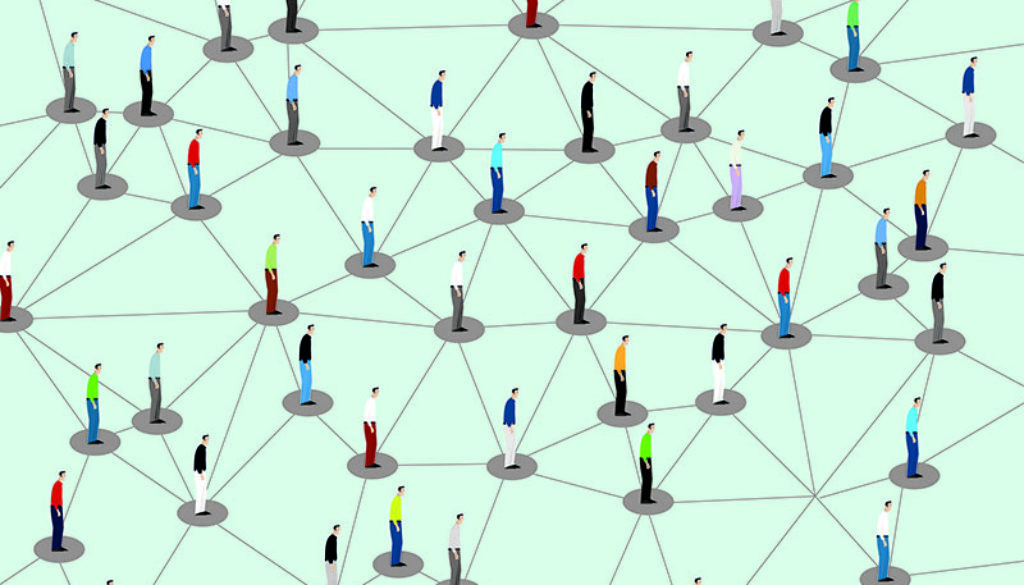Les obstacles à la rationalisation de la communication avec les salariés
Updated- 4/19/22
As organizations consider what the future of the workplace will look like, they can’t ignore one particular challenge – employee communication. Efficient and effective employee communication has been a common struggle even before the COVID-19 outbreak. Currently, many companies are focusing on more immediate challenges, such as adjusting to long-term remote work and observing new health and safety regulations without disrupting operations.
But even as workplaces fully reopen and travel resumes, several persistent hurdles can remain in the way of fully streamlined employee communication. Here’s what your company needs to address now to establish truly streamlined employee communication across your organization.
Combating Communication Fatigue
By now, multiple studies have warned about mass burnout among workers in all industries. In addition to the personal stressors that come with working from home, workers say they’re buried in a digital overload of video meetings, messages, and notifications that have replaced interactions they would have traditionally had in-person.
This communication fatigue can have an impact beyond employee’s productivity and wellbeing. They may grow accustomed to tuning out notifications, which means they may also miss important alerts and messages from their employer. 80% of surveyed company leaders saying they’ll allow working from home even once workplaces are fully reopen. This means a scalable and more robust communication strategy is needed now to avoid seeing your messages reduced to white noise.
Organizations can avoid this outcome with the right toolkit of communication capabilities. If evaluating your employee or critical communication platform is one of your company goals for 2022, then keep an eye out for solutions that will allow you to:
- Segment large groups of recipients so that employees only receive communication that pertains to their needs
- Using a multi-channel communication strategy (including push messages, desktop alerts, voice, text, etc.) to best reach people no matter where they are located
- Provide easily accessible resources so employees can always find information about company benefits, guidance or policies
Facilitate communication and collaboration when it matters most
Even prior to the coronavirus outbreak, the ability for departments to easily communicate and collaborate with each other was critical. This capability is necessary for all sorts of day-to-day efforts, whether it’s targeted communication from Human Resources or a building-wide routine update from IT.
This isn’t just important for business continuity and productivity. Departments must be able to quickly communicate and collaborate in times of emergency. If an incident were to occur, key stakeholders in your organization would need to be instantly notified. They would also need to immediately sync up and receive information as the event unfolds.
This is a lot to ask of those who are responsible for workplace safety. However, automation can make these tasks happen without any additional effort.
For example, if someone reports an armed building intruder, several things need to occur simultaneously, including notifying 9-1-1, alerting employees, and gathering key decision makers on a single conference line. Solutions that automatically perform these tasks can help ensure that everyone reacts as quickly as possible to any health or safety risks. It’s also helpful to have:
- Pre-made templates to speed up responding to events and alerting employees
- Data management that frequently updated via freshness checks
- Alerting designated groups when an incident occurs
Proactively addressing employee safety needs and concerns
According to the Occupational Safety and Health Administration (OSHA), nearly 2 million American workers report having been victims of workplace violence each year. Employers were already at risk of being targeted by lawsuits related to issues like violence in the workplace. But now, employers are also worried about lawsuits surrounding the coronavirus. According to litigation data trackers, there have already been thousands of lawsuits filed against employers with allegations relating to the outbreak. If workers’ safety needs and concerns are not heard and addressed, organizations risk facing even more.
When employees can voice their complaints in a secure and anonymous way, organizations can address and deescalate these issues early on. The option to have their identity remain confidential also helps workers feel safe about voicing anything concerning the safety and wellness of themselves or their coworkers.
However, anonymous reporting may not be necessary if employers take the initiative by openly sending polls to employees. With this ability, it will never be difficult to gauge sentiment about things such as whether people feel safe returning to the workplace or if they would prefer to remain remote. Even the act of polling employees for their opinions shows workers their feelings and opinions matter, something that goes a long way towards boosting overall engagement and morale.
Taking the first steps towards streamlining employee communication
Like everything else, teamwork is required to establish a foundation for better communication. Learn how Seaboard Foods improved communication with its 5,000 employees while simultaneously addressing new obstacles that arose during the ongoing pandemic.





